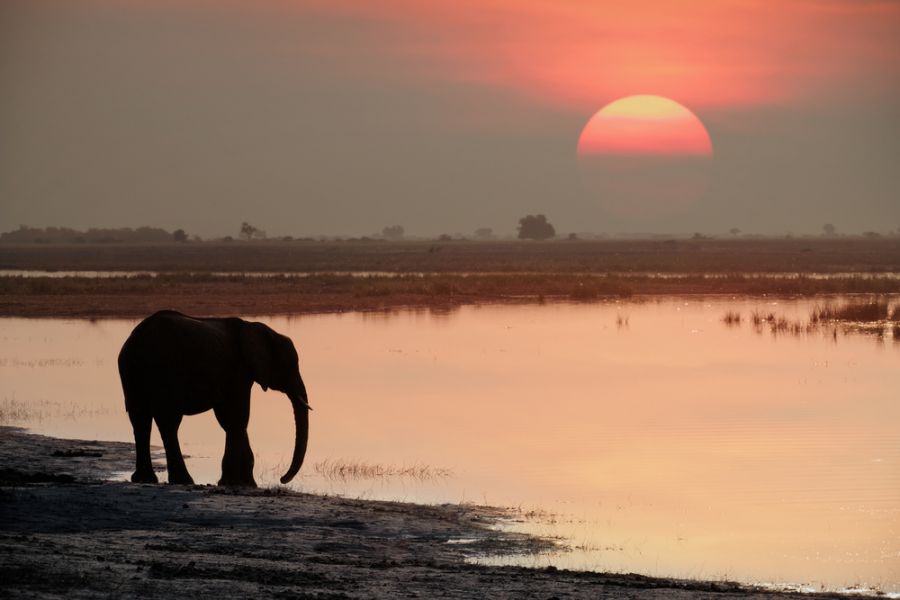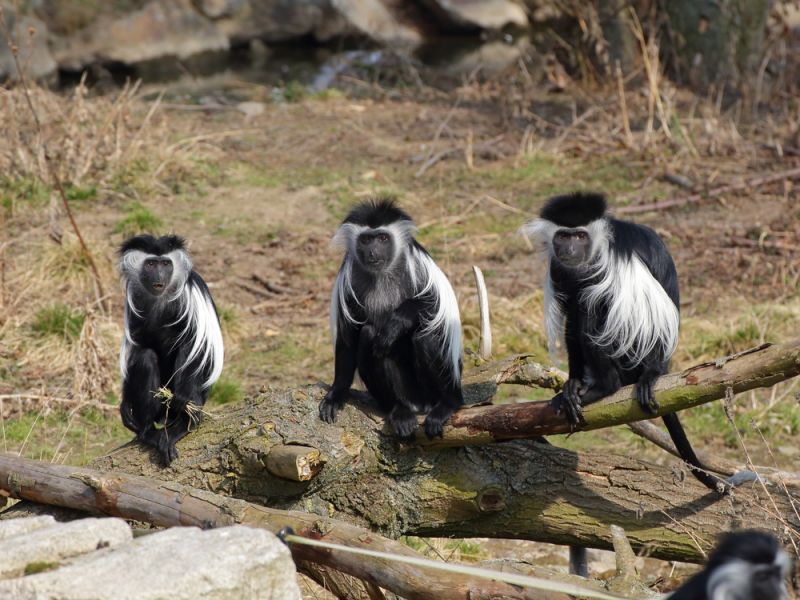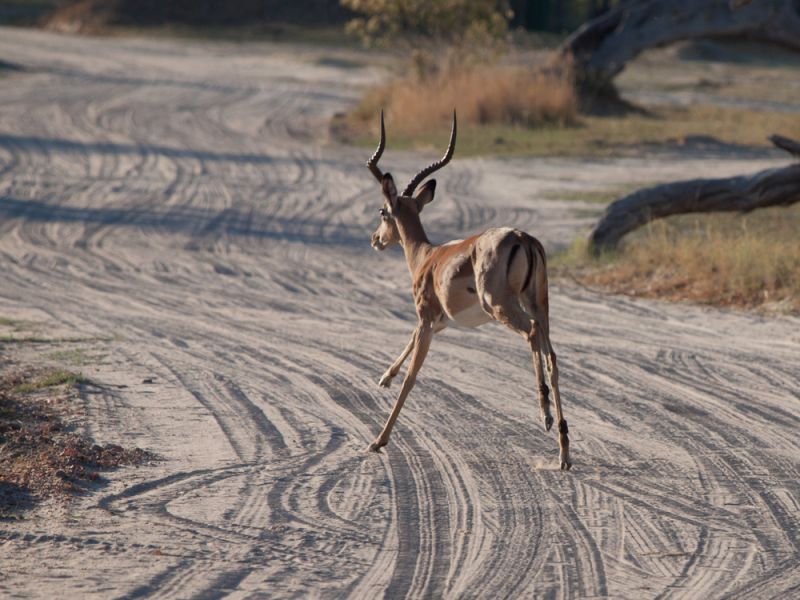Vasco, CS7ACE is currently active from Angola as D2ACE.
He is working on HF Bands SSB, Digital modes.
QSL via home call direct.
Ads for direct QSL:
Vasco Vieira, Praceta Ladislau Batalha, 11 R/C Esq., Arruda dos Vinhos 2630-370, Portugal.
Angola is an important source of “black gold” on the African continent
Angola is one of the countries on the African continent that successfully produces and exports oil. It has managed to overcome the political and social consequences of the 27-year civil war that raged in the republic after independence. The state has access to the Atlantic Ocean and borders countries such as the Democratic Republic of Congo, Namibia, and Zambia. The territory of the country is about 1.25 million square kilometers and from region to region it has significant differences in climate and geography. In the north of Angola there are desert coastal zones and tropical forests, in the center - fertile highlands, in the east - sandy soils, and in the southern provinces of Kwando-Kubango and Kunene - real deserts.

Drinking elephant, Angola.
Cabinda is the main component of Angola
Most of Angola's oil fields are located in the province of Cabinda. This region provides the country with about 80% of its budget revenues. In recent decades, the province has seen regular outbreaks of separatist conflicts. In fact, Cabinda is an enclave that does not even share a common border with Angola. Like Angola itself, Cabinda is a former Portuguese colony that was ceded to the Angolans in 1975 under the Alvor Agreement.
For a short period of its history, Cabinda was an independent country with its own armed forces, parliament and other attributes inherent to sovereign states. Despite the protests of local residents, the Angolan authorities forcibly liquidated the republic. After the civil war ended in Angola in 2002, the population of the enclave made a new attempt to achieve independence, but it was unsuccessful. Several thousand military personnel were sent from Angola's capital, Luanda, to suppress the rebellion.
 Three colobuses sitting on tree trunk and looking directly to the camera, Angola.
Three colobuses sitting on tree trunk and looking directly to the camera, Angola.
What does population growth in Angola depend on?
Due to the long civil war, the population of Angola has an extremely low natural growth rate. The last census here was conducted in 2014. It recorded just over 24 million inhabitants. It is assumed that many Angolans live outside of their own country. During the intense fighting, they immigrated to neighboring states.
Unfortunately, the infant mortality rate in the republic continues to grow. In addition, the population is “undermined” by HIV, which kills about 12 thousand Angolans annually. According to sociologists, due to high mortality rate, low life expectancy and high level of migration, the population of Angola will not increase significantly in the next five years. Despite such pessimistic forecasts, Angola has a young population, exactly half of which are children and teenagers. In the future, this may favorably affect the demography of the republic. The density of settlement varies from region to region. In recent years, there has been an upward trend in the number of urban dwellers, and more than half of Angolans now live in cities.
 Running impala, Angola.
Running impala, Angola.
Difficulties that cannot be overcome
Because of their history, Angolans are a bilingual population, which freely communicates in several African languages: Bantu, Umbundu, Chokwe, Kikongo, Kimbundu, Mbundu, etc. Almost all inhabitants of the state know the official language - Portuguese. The main problem of Angola is considered to be the lack of national identity. The country is divided along many lines: ethnicity, religious beliefs, race, region of residence. Interacting, these factors “fuel” conflicts in the country. Angola is distinguished from neighboring countries by its long-standing ties with Portugal, Brazil, Mozambique and other Portuguese-speaking countries.
Are there prospects?
After the end of the civil war (1975-2002), the country's economy began to gradually strengthen. Thanks to the development of oil deposits and the export of “black gold” from Cabinda province, Angola's economy can be called the most progressively developing among West African countries. The republic has everything to be considered a potentially rich country: diamonds in the provinces of North and South Lunda, oil in the Cabinda enclave; gold, copper, iron, phosphates, bauxite and uranium in other provinces.
Compared to other countries located south of the Sahara, Angola has a fairly high per capita income and belongs to the industrialized countries. The main trading partner of the republic is the United States, which buys oil, diamonds and some mineral resources from Angola. Also Americans buy from Angolans coffee, cotton, sisal and fresh fish. Angola itself imports food products and machinery from Portugal, Brazil and the United States.

